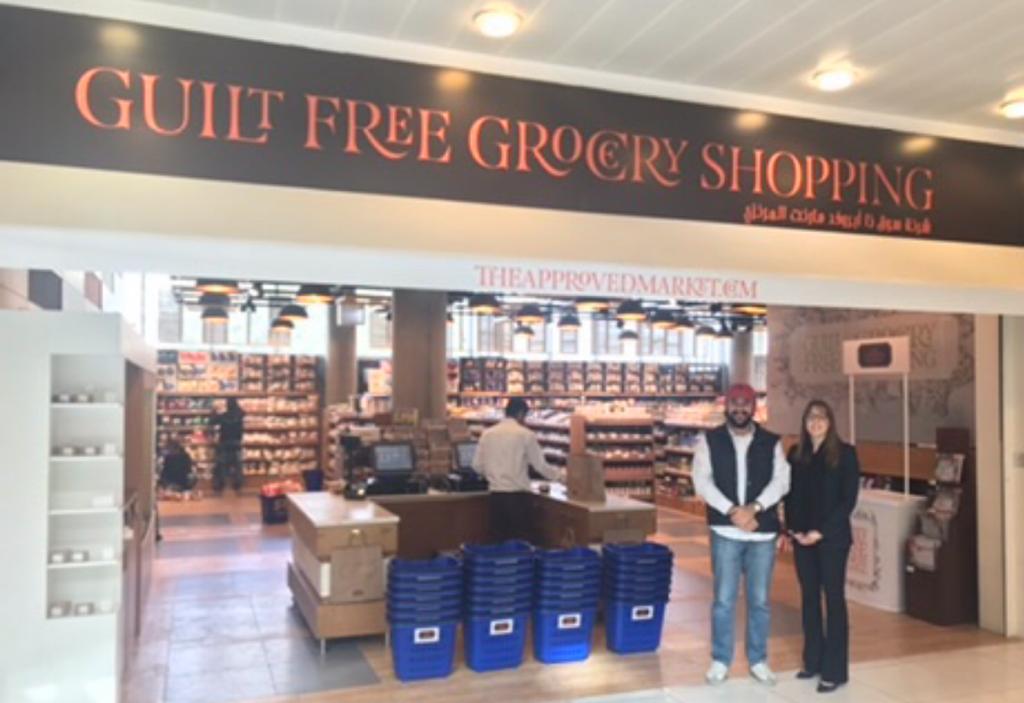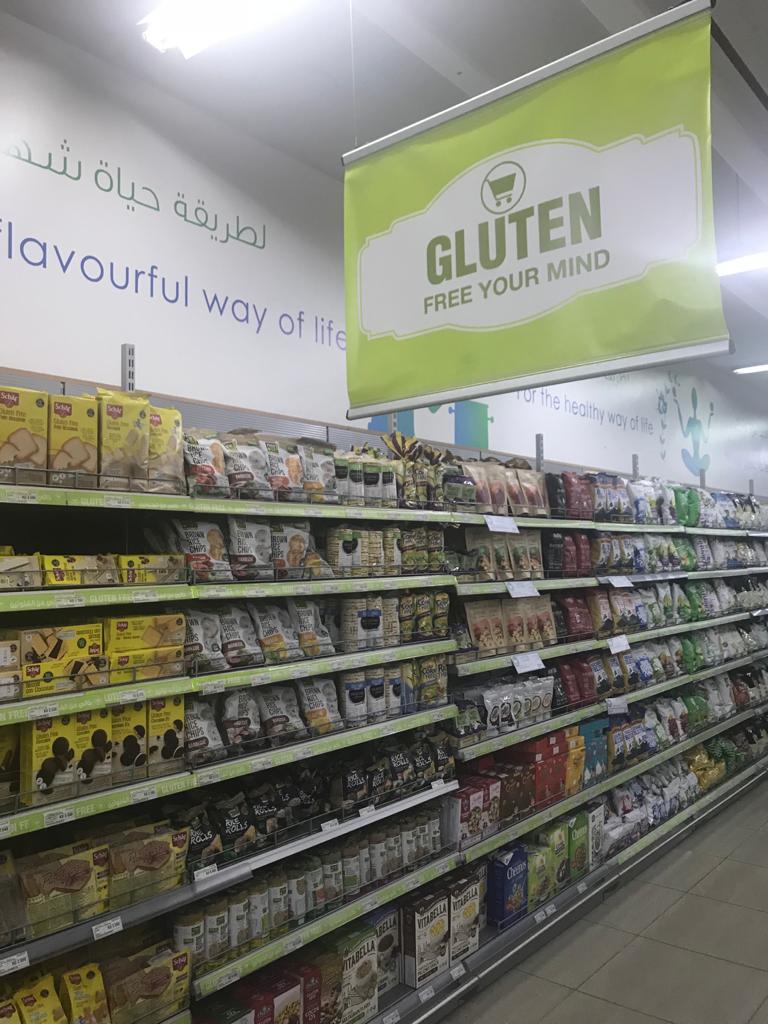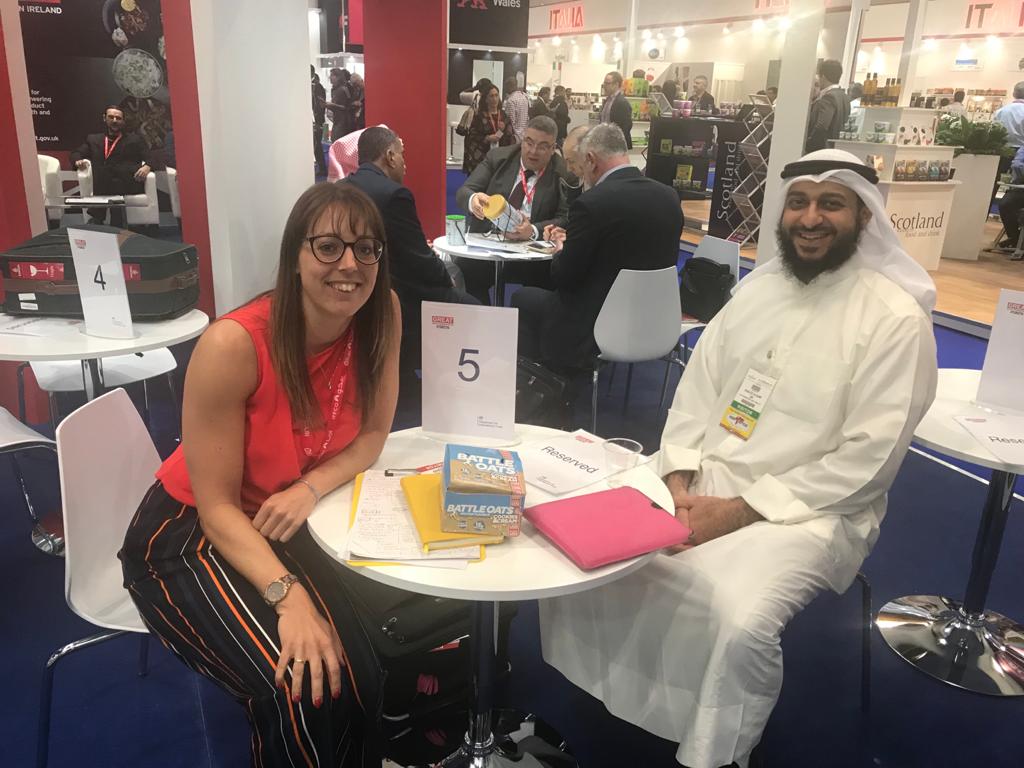5 common challenges faced by importers

Identifying and overcoming import challenges
1/ Sourcing goods
Sourcing high-quality products from overseas can be a real pain for retailers and distributors looking for new import opportunities.
There are a variety of factors to overcome when finding and building relationships with brands and manufacturers overseas, but all is not lost. In fact, we put together some top tips for profitable product sourcing to help you conquer this first hurdle in a separate post. Learn more here.
2/ Testing the waters
Once you’ve found a product, or range of products, you’re interested in testing in your home market, the next step is to negotiate a small, initial consignment with the brand. Now, this can be easier said than done.
In order to mitigate the risk of your imported goods not taking off with consumers, it’s important to come to an agreement with your overseas partner that allows you to test the water with smaller volumes. This is usually a precursor to Importing larger quantities once the customer Interest has been gained. However some brand owners or manufacturers may try and Insist on higher initial volumes In order to make the production or pricing structure work.
If possible, try to find a way to consolidate your small consignment with others to reduce the cost of shipping and logistics. If you need assistance with this, then an experienced partner like Bolst Global will be able to support you with this part of your import journey.

3/ Managing logistics
Shipping and logistics can be a huge challenge for global importers, and one which is often completely out of their control when they are new to It and don’t have the Infrastructure set up to manage It from various global regions.
In 2020, the Coronavirus pandemic had a detrimental effect on international trade, with many borders restricting the movement of goods. On top of this, existing purchase orders and contracts were put on hold meaning shortages of goods ranging from weeks to months.
Right now, there are very high prices on the air freight costs of products as passenger travel has still not recovered and availability of cargo space Is therefore limited and at a premium.
Regardless of exceptional circumstances, importers can often experience delivery delays, problems with paperwork missing or products not handled appropriately and typically the result of poor supply chain management. If you’re struggling to get the products you want Imported In the professional and careful manner required, then it might be time to bring in some additional support via a partner who has the adequate expertise to do so.
4/ Maintaining quality

Once you’ve sourced the right product, identified the right partners and manufacturers, and successfully trialled the product in your home market, it’s time to ensure that the quality does not slip and that you remain a front of mind customer.
This can be incredibly difficult to manage from a far, but not impossible and Is where strong relationship building with your suppliers Is Instrumental to your long term success with a product In market.
Implementing a substantial quality control procedure and working with an ISO-certified, FIRS or BRC accredited (In the UK) manufacturer are a must for importers.
Before embarking on a new partnership, be sure to have a clearly defined service level agreement in place too, outlining your expectations and adding a layer of insurance for you, should quality be compromised down the line. You should also ensure you have an ongoing dialogue about your supply needs and are forecasting your orders wherever possible. This can be hugely helpful for manufacturers who are juggling various customers and can be extremely busy.
5/ Staying part of the equation
In recent years there has been a shift in supply chain dynamics, with many retailers going straight to manufacturers and cutting out the middleman, aka distributors.
As a result, distributors are struggling to maintain their position, often sacrificing profit margins in an attempt to secure a deal. But, with rising operational costs on the manufacturer’s side, and lower cost prices demanded by retailers, it is clear why distributors are under increasing pressure.

Other challenges specifically faced by distributors caught between manufacturers and retailers include the rise of eCommerce sales, continually meeting customer demand, and a lack of digital savviness when it comes to promoting their own services.
